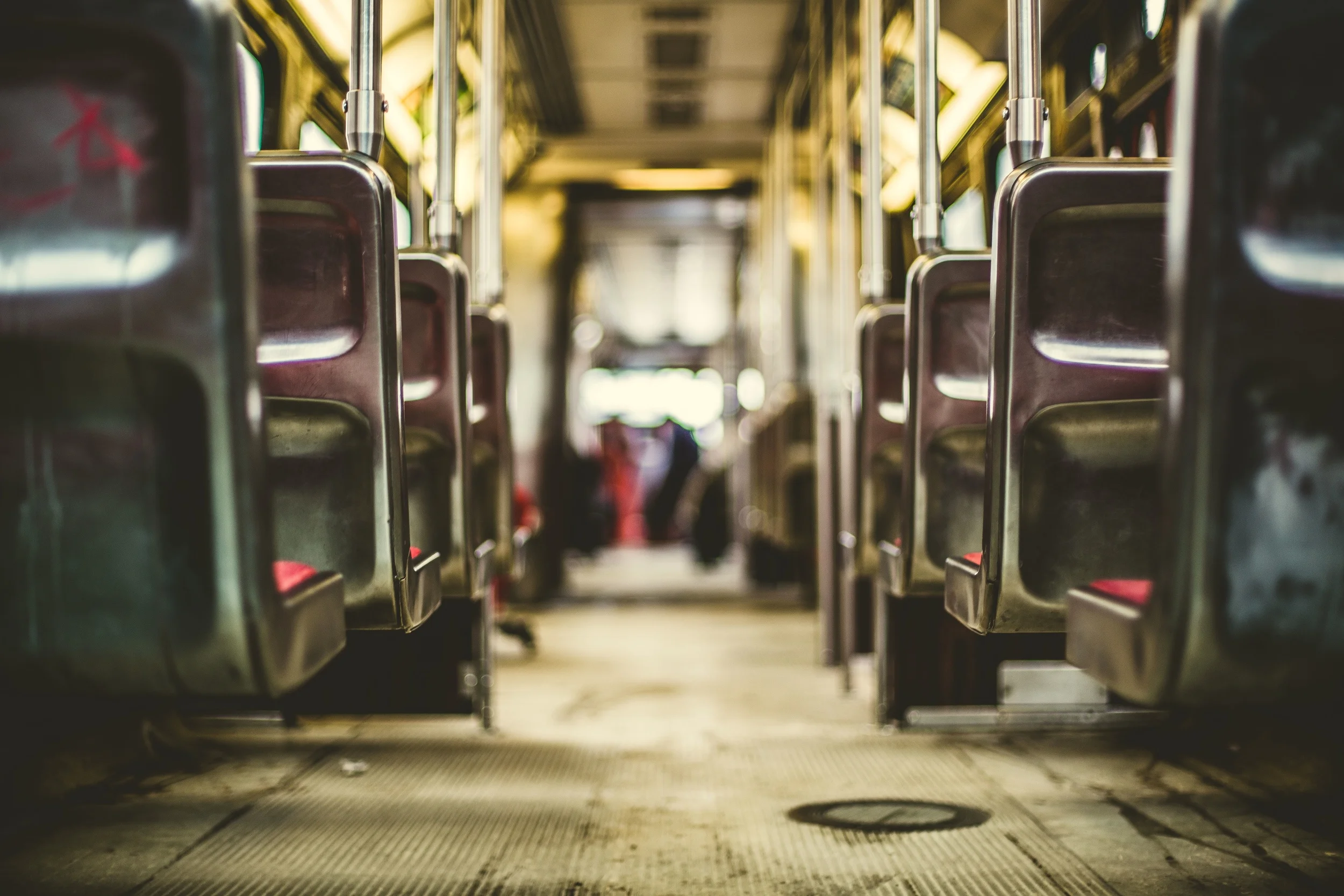Racism, Present: Toronto's White Lie
/After the Danzig shooting. Photo by Mark Blinch, for Reuters, from Thestar.com
By Navneet Alang
In July of this year, 14-year-old Shyanne Charles and youth worker and entrepreneur Joshua Yasay were killed in the worst shooting in Toronto’s history, on Danzig Avenue in Scarborough. Four days later, news broke of the mass shooting in Aurora, Colorado. Both times, my social media feeds lit up with fear, anger and confusion. Still, I noticed something: the people in my Twitter more easily related to a nerdy film audience excitedly watching a summer blockbuster a few thousand miles away than to a group of people hanging out in Scarborough. One person I follow actually said that, however strangely, she felt more threatened by the events in Aurora than those in Toronto’s east end.
I was as disturbed by her statement as I was sympathetic. I knew something about it was deeply wrong. Yet, at the same time, I entirely understood. As the day went on, it became clear that people seemed to share the sentiment: these people in Aurora—just like me!—were simply watching a movie, but I’ve never been to a barbeque in Scarborough.
It was then that the blindingly obvious hit me: it was that sentiment, and others like it, that are the root of Toronto’s troubles with race.
Ask any Torontonian what they love about the city and what they say will almost always involve the word “multicultural”. But in reality, the area of city that houses most of its media, cultural institutions and wealth is dominated by whites. Public discussion of Toronto—like, say, Christopher Hume’s “Ten Reasons to be Optimistic about Toronto”—mostly speaks of the city centre and the arts and restaurant scene within it. Though it runs deeply counter to our sense of what this city stands for, it's underpinned by a stark fact: Toronto’s city centre is 82% white*(edit: see correction below).
When it comes to the idea of the “real” Toronto, its public face and its defining character, it’s often downtown that is the focus. In July, the New York Times did a travel feature on what to do with “36 Hours in Toronto”. Though I could hardly afford a weekend like that, it spoke to the Toronto I know: the dense, mostly walkable city centre that is essentially a playground for the privileged—or at least those who, like me, enjoy pretending they are. As always happen when that particular version of Toronto shows up in the media, local urbanites got their keyboards a little sticky.
How we identify and relate is the product of an intricate interplay between our personal experiences and public representations. When Scarborough, North York and other parts of the city outside the centre only appear in the public sphere as sites of crime, sprawl or ‘immigrant ghettoes’—rather than as places that are also homes to the ebb and flow of cultural life—it inevitably causes a division. The Toronto that gets to speak and the Toronto gets spoken about are one and the same, and the result is skewed, racially biased perspective of the city that gets reflected in how we relate to one another.
There’s something very weird about a relentless discourse of multiculturalism and diversity placed next to an unending stream of blog posts, articles and news pieces about the white, “mainstream” version of the city contained in its surprisingly homogeneous core. When I think back to my own awful reaction to the Danzig shooting—that basically, it happened ‘somewhere else’—I must accept this: there is a split between how people in different parts of the city identify as Torontonian, and that split has a lot to do with race.
If Toronto’s ethnic mix weren’t so starkly divided along urban and suburban lines, the issue would be quite different. Unfortunately, it is, and we’re a long way from our reality of diversity meeting our rhetoric.
*Correction: Toronto's geographic city centre is not 82% white. The 82% figure is from David Hulchanski's "Three Cities" report that states there are three general income groups in the city. "City #1" - i.e. the demographic that has seen its income rise by 20% or more from 1970-2005 - is 82% white, but is spread across parts of downtown, Etobicoke, North York and elsewhere. I apologize profusely for the error, and would like to thank James MacNevin for pointing it out.
Despite the mistake, however, the statistic is a clear example of how wealth and privilege are still starkly divided along racial lines in this city. As such, the argument that Toronto's public discussion about itself is dominated by a perspective that does not reflect its demographic makeup still seems fair. Further, that wealth is so unevenly spread among ethnic groups is only more reason to wonder at how we differently identify as Torontonian, and how the overlap between race, privilege and income defines how we each differently conceive of the city.









